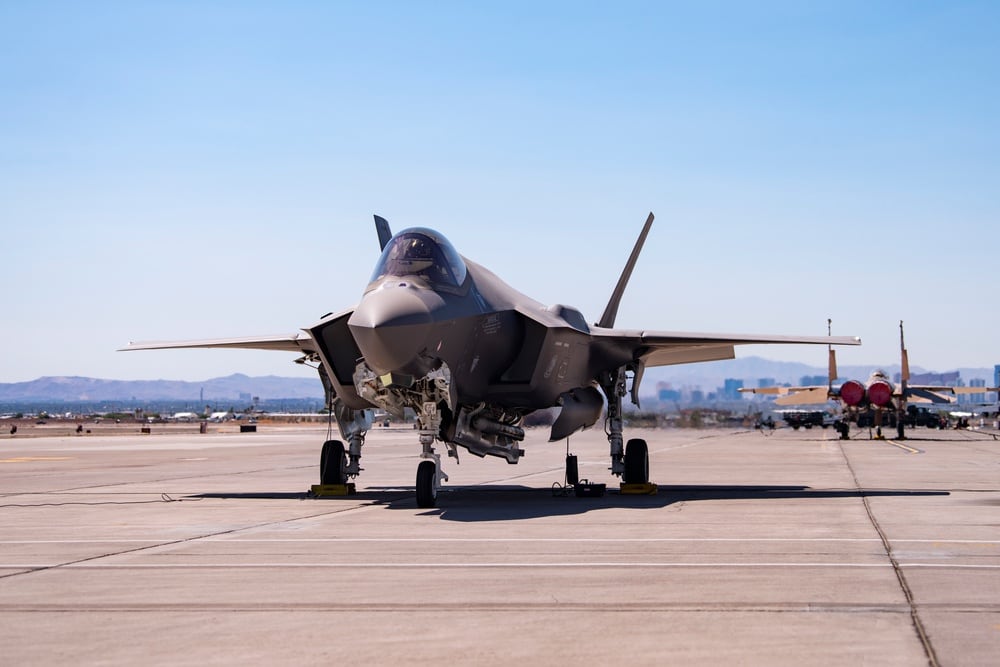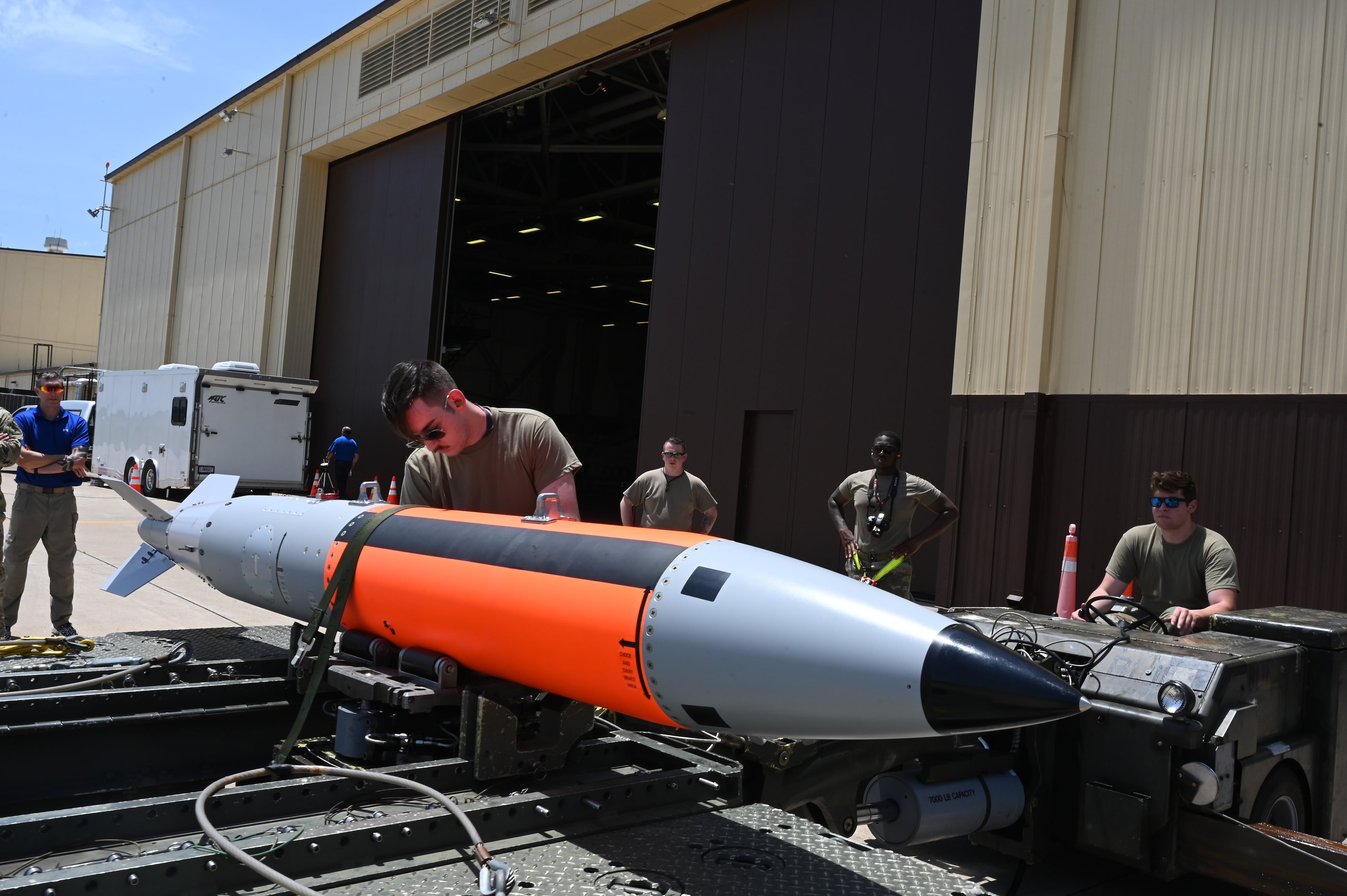The Pentagon’s inspector general office said Monday it will investigate whether the Air Force properly approved its aircraft to carry a new nuclear bomb that is now in production.
Starting in July, the probe will judge if the Air Force complied with federal requirements when certifying the F-15 Eagle and F-35A Lightning II fighter jets and the B-2 Spirit stealth bomber to fly with the B61-12, a nuclear weapon that can be fired at coordinates or use gravity to fall onto its target.
Those conditions for approval are set by the Air Force, the Pentagon and the Energy Department, following a lengthy process of environmental testing and practice shots on the ground and in the air.
RELATED

The military is in charge of creating a digitally guided tail that directs the bomb, and the Energy Department manages the refurbished nuclear warheads that sit inside.
The B61-12 will consolidate three earlier versions of the bomb into a more accurate weapon that offers four increasingly powerful explosive yields up to 50 kilotons — more than twice as destructive as the “Fat Man” nuclear bomb the United States dropped on Japan during World War II.
“The improved precision of the weapon — combined with the ability for it to conduct a subsurface burst detonation — are meant to take advantage of these yields, the highest of which (50 kilotons) is considerably lower than the 400 kiloton setting on older B61 bombs,” Ankit Panda, a nuclear weapons expert at the Carnegie Endowment for International Peace, wrote in 2020.
Older variants that will be replaced include the B61-3 and B61-4, so-called “tactical” nuclear weapons that are stored in Europe for NATO’s use in deterring Russia, and the B61-7, a gravity bomb flown on the B-2.
The Air Force finished flight-testing the bomb design on the F-35A in October 2021 and certified the F-15E to carry it in 2020. Eglin Air Force Base, Florida, hosted the B61-12′s capstone test on the B-2 in June.
Officials plan to outfit the Air Force’s F-16C/D Fighting Falcons and the future B-21 stealth bomber, plus NATO’s Tornado fighters, with the weapons as well.
Air Force budget documents show the service expects to buy nearly 900 of the tail kits. Production began in earnest in May and is slated to run through 2026.
In total, the government projects the programs will cost more than $11 billion and will add another 20 years to the weapons’ life expectancy. B61s first entered service in 1968.
“The life-extension program addresses all known age-related concerns found within the nation’s stockpile of B61 weapons, upgrades encryption algorithms, modernizes the safety and use-control features of the weapon and supports compatibility with future aircraft designs,” the Energy Department said of the bombs.
Rachel Cohen is the editor of Air Force Times. She joined the publication as its senior reporter in March 2021. Her work has appeared in the Washington Post, the Frederick News-Post (Md.), Air and Space Forces Magazine, Inside Defense, Inside Health Policy and elsewhere.




